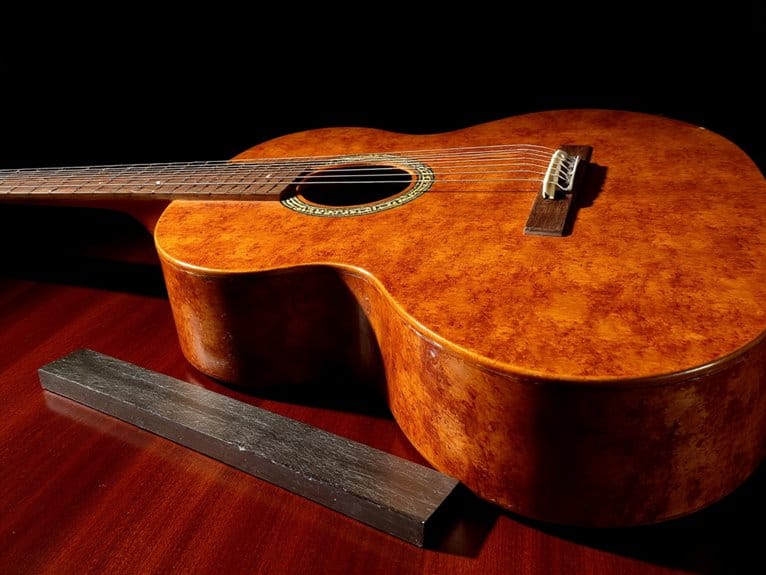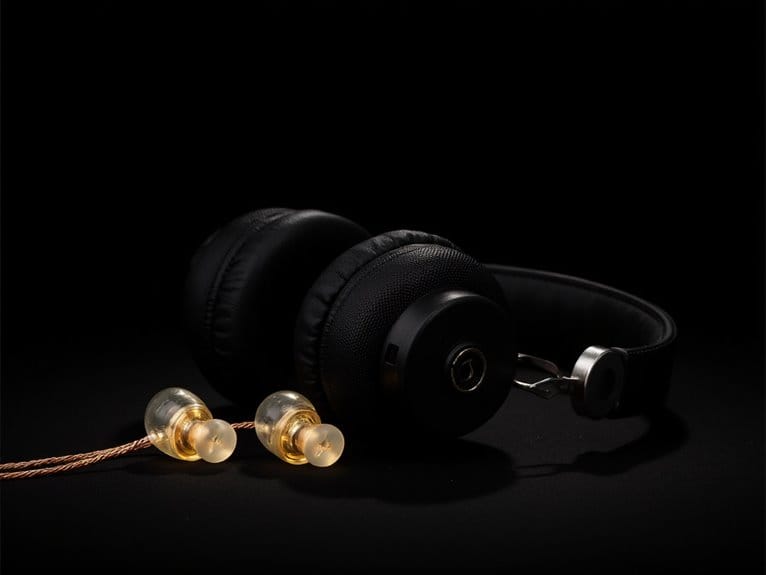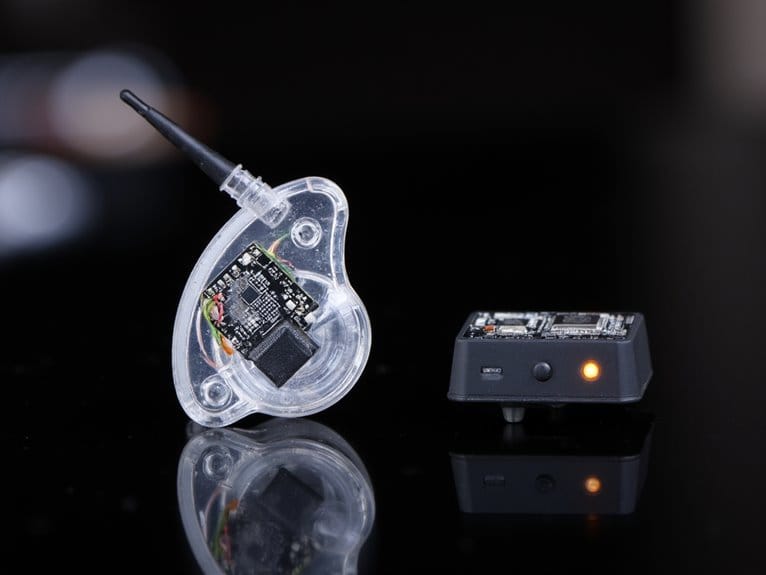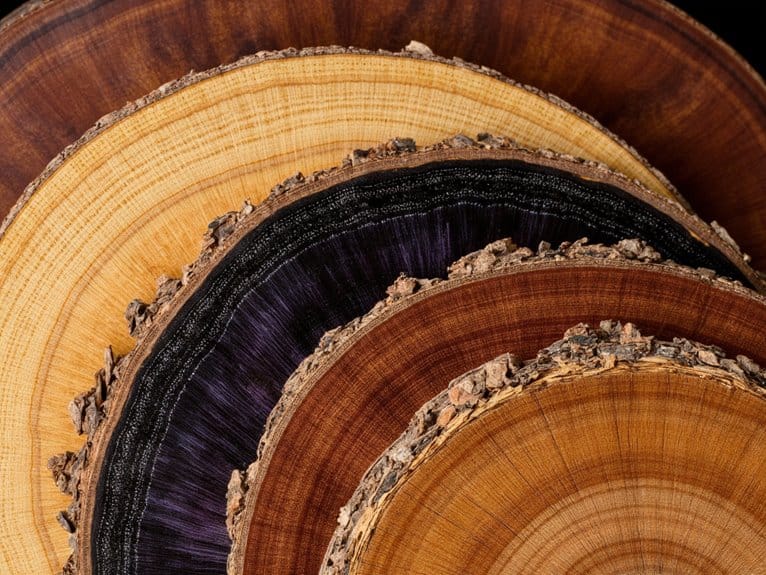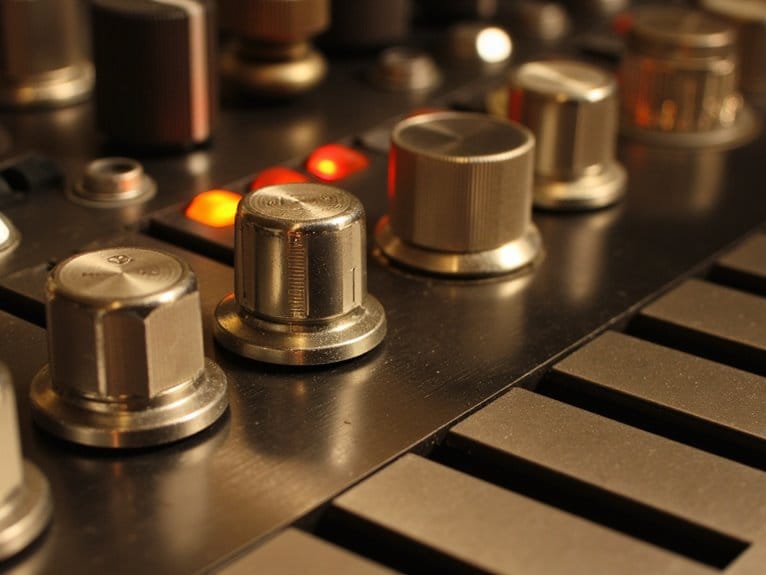Weissenborn Acoustic Guitars: Hawaiian Steel Guitar Legacy
You’ll find that Hermann Weissenborn’s hollow-neck guitars, crafted in 1910s Los Angeles, revolutionized Hawaiian steel guitar music through innovative acoustic engineering that transformed the entire neck into a resonating chamber. His four styles ranged from the basic $40 Style 1 to the premium $79 Style 4, featuring progressively ornate binding and inlays. Contemporary makers like Richard Wilson continue this legacy, creating instruments that serve modern blues, folk, and world music artists who appreciate the enhanced sustain and projection that made these guitars legendary among acoustic enthusiasts seeking that distinctive Hawaiian sound.
We are supported by our audience. When you purchase through links on our site, we may earn an affiliate commission, at no extra cost for you. Learn more.
Notable Insights
- Hermann Weissenborn revolutionized Hawaiian steel guitars around 1913 with his innovative hollow-neck design that enhanced sustain and projection.
- The hollow neck creates a continuous acoustic chamber from body to neck, transforming the entire neck into an amplifier.
- Modern luthiers like Richard Wilson and Bill Asher continue the legacy, combining traditional hollow-neck construction with contemporary techniques.
- Artists like Ben Harper demonstrate the instrument’s versatility across genres from Hawaiian music to bottleneck blues and Americana.
Hermann Weissenborn’s Vision and the Birth of a Guitar Revolution
Vision, when coupled with craftsmanship and timing, can transform an entire musical landscape-and that’s exactly what Hermann Weissenborn accomplished when he arrived in Los Angeles around 1910.
You’ll find that Hermann’s influences stemmed from his wife Concepcion’s Chris Knutsen steel guitar, which sparked his revolutionary approach to hollow-neck design around 1913.
His design philosophy centered on creating a continuous hollow chamber from body to neck, maximizing resonance and volume beyond conventional steel guitars of that era.
While shifting from violin and piano repair, Weissenborn recognized the growing Hawaiian music craze and specialized exclusively in lap-style steel guitars, using un-scalloped X-bracing and premium koa wood to craft instruments that would define a generation’s sound.
The Hollow Neck Innovation: Engineering Hawaiian Sound
Hermann’s revolutionary design philosophy found its most ingenious expression in the hollow neck construction that would become the defining characteristic of his instruments, creating what I consider one of the most brilliant acoustic innovations in guitar history.
This hollow construction extends the resonant chamber beyond the traditional body boundaries, fundamentally transforming the entire neck into an acoustic amplifier that enhances sustain and projection dramatically.
The engineering challenges you’ll encounter when examining these instruments reveal Hermann’s masterful balance between structural integrity and tonal optimization, requiring specialized bracing systems that maintain stability while preserving the acoustic resonance that defines the Weissenborn sound signature across Hawaiian, blues, and country genres.
From Style 1 to Style 4: Craftsmanship and Collectible Variations
While many guitar enthusiasts focus primarily on tonal differences between instruments, I’ve found that Weissenborn’s four distinct style classifications reveal a fascinating progression in decorative complexity and market positioning that directly influenced both pricing and collectibility from the 1920s forward.
Style 1 prioritized affordability at $40, featuring simple construction without binding, basic dot inlays, and maple rosette rings.
Style 2 introduced black binding and upgraded fingerboard work for $55-56, marking the beginning of style evolution toward more refined aesthetics.
Style 3 added rope binding exclusively to the top edge with intricate inlays including a 12th fret diamond pattern, priced around $67.50.
Style 4 represented the pinnacle with full rope binding on top, back, and headstock edges at $79, establishing Weissenborn’s most collectible configuration.
Modern Revival: Contemporary Makers and Musical Applications
How does a guitar design from the 1920s find new life nearly a century later?
You’ll find contemporary makers like Richard Wilson and Bill Asher leading this revival, combining Hermann Weissenborn’s hollow-neck architecture with modern techniques that enhance durability and tonal consistency.
Wilson’s Australian workshop maintains vintage aesthetics while offering lifetime guarantees, and Asher transforms traditional designs into electric lap steels with remarkable sustain.
Modern craftsmen preserve century-old guitar traditions while innovating with lifetime warranties and electric adaptations that deliver exceptional sustain.
I’ve observed how builders now use exotic tonewoods like Tasmanian blackwood and Hawaiian koa, creating instruments that serve diverse genres from bottleneck blues to Americana.
Artists like Ben Harper demonstrate the Weissenborn’s versatility in studio recordings, while enhanced pickup systems make amplification practical for live performances, ensuring this century-old design remains relevant.
Modern builders increasingly favor solid construction over laminate alternatives, as this approach yields the exceptional sound projection and tonal complexity that serious players expect from contemporary Weissenborn guitars.
On a final note
You’ll find that Weissenborn guitars represent more than vintage collectibles-they’re functional instruments that’ve shaped modern lap steel, resonator, and fingerstyle playing. Whether you’re drawn to an original 1920s Style 4 with its intricate rope binding, or you’re considering a contemporary maker’s interpretation, you’re connecting with Hermann’s revolutionary hollow-neck design that continues influencing acoustic guitar construction nearly a century later.

